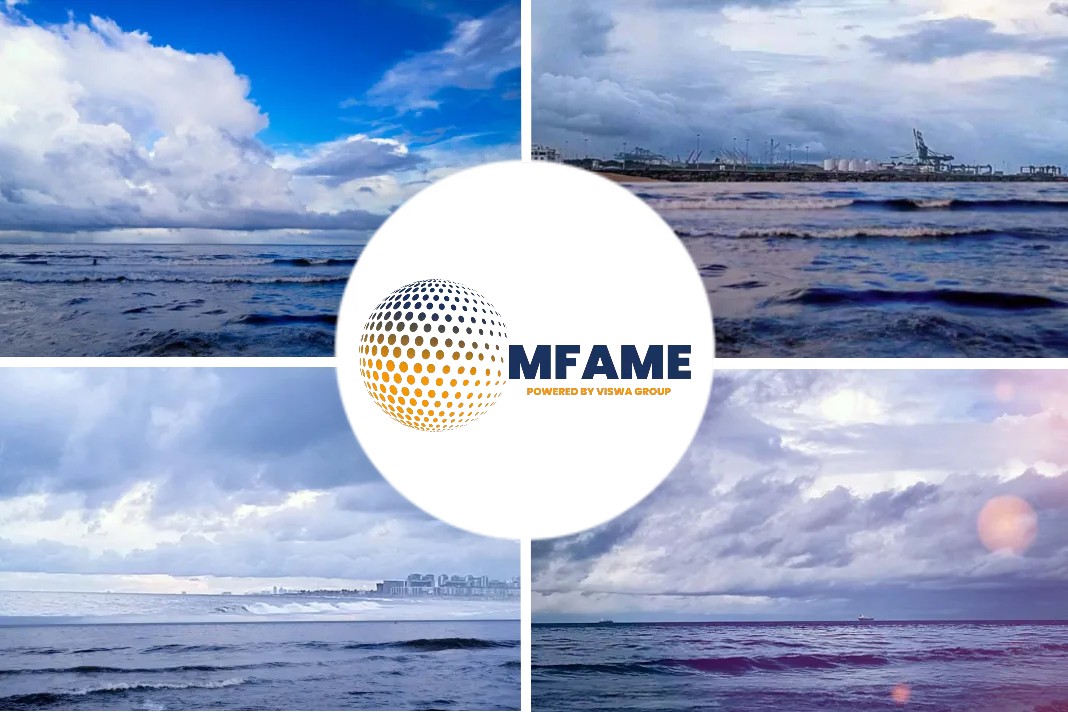- Global trade routes have been rocked by the COVID-19 pandemic and a series of geopolitical and environmental upheavals.
- To continue to deliver the goods that consumers want and societies need, a new attitude and approach toward supply chains is required.
- Logistics hubs, like Bahrain’s Global Sea-to-Air Logistics Hub, could provide the blend of resilience and speed required for modern logistics.
Modern consumers seek things that are both reasonably priced and easily accessible at any time in today’s globalised and connected culture. Supply chains must be dependable and strong for this.
Possible solution
However, supply networks are only as strong as their weakest link, and as recent years have demonstrated, transportation is frequently the weak link.
How therefore can businesses deliver the value that consumers want without blowing their budgets on transportation logistics or impeding the flow of commodities that is so vital to the global economy?
The solution might lie in multimodal shipping.
What is multimodal shipping?
Multimodal shipping, often referred to as combination, sea-to-air, or air-to-sea shipping, makes use of a variety of modes of transportation to deliver goods quickly and affordably. The quick delivery times of air and the financial savings of sea are combined.
A Japanese corporation, for instance, may put its cargo aboard a container ship en route to the Port of Los Angeles in order to ship goods to the United States. The cargo is then driven to Los Angeles International Airport, where it can be flown to Denver, Colorado, where it will eventually land.
The existence of a functioning and effective hub through which goods can move, a location where the customs procedure is simple and the connections between entrance and exit ports are unhindered, is one of the most crucial elements of successful multimodal shipping. It is not surprising that transport logistics continue to be essential to the goals of the Gulf states since the Arabian Gulf has always been a hub of trade.
Particularly Bahrain has long understood the value of logistics for both its own future and the global economy. The Kingdom has always prioritised maritime freight, which, while dependable, is a somewhat linear mode of transit. Bahrain has also played a significant role in regional terrestrial transportation, particularly through the construction of structures like the King Fahd Causeway, a 25 km long network of bridges and causeways that connects Bahrain with the oil-rich Eastern Province of the Kingdom of Saudi Arabia.
Global supply chains were made vulnerable by the COVID-19 epidemic. One noticeable effect was a sharp increase in shipping costs as transportation came to a complete stop and a backlog of containers accumulated in ports all around the world. Another was a sharp rise in the number of people purchasing online since many were forced to stay inside due to public health measures. Logistics service companies were compelled to think outside the box and find ways to reduce costs while still providing the speed and quality of service that the global economy demands.
Building a logistics hub for the future
Bahrain launched its Global Sea-to-Air Logistics Hub in October 2021 as part of its Economic Recovery Plan, a comprehensive multi-sector strategy designed to mitigate the effects of the COVID-19 pandemic and boost economic growth.
It is the fastest multimodal hub in the region with an average lead time of two hours and direct air links to over 60 destinations through commercial, freighter and cargo airlines.
To make this a reality, the Kingdom uses technology to expedite shipments as rapidly and efficiently as possible.
Blockchain solutions have been a key aspect of the hub’s success.
Operators were already using IBM’s TradeLens on its pure sea freight operations to scan containers through the Khalifa bin Salman Port, so the expertise was readily available to transfer blockchain innovations to the Sea-to-Air Logistics Hub.
The Kingdom aims to increase the sector’s GDP contribution to 10 percent, and there are also bold targets to triple the volume of air freight passing through its ports and double the volume of sea freight by 2030.
The future of supply chains
COVID-19 was a turning point for the global economy — but it was already on the move.
The pandemic merely provided a catalyst for change.
High-quality products and rapid delivery are no longer mutually exclusive.
Technologies like blockchain can guarantee transparency and quality.
The future of logistics will certainly be digitized, but also agile, multifunctional, spread across geographies and truly open.
That’s exactly what the global economy needs.
Did you subscribe to our daily Newsletter?
It’s Free! Click here to Subscribe
Source: European String























